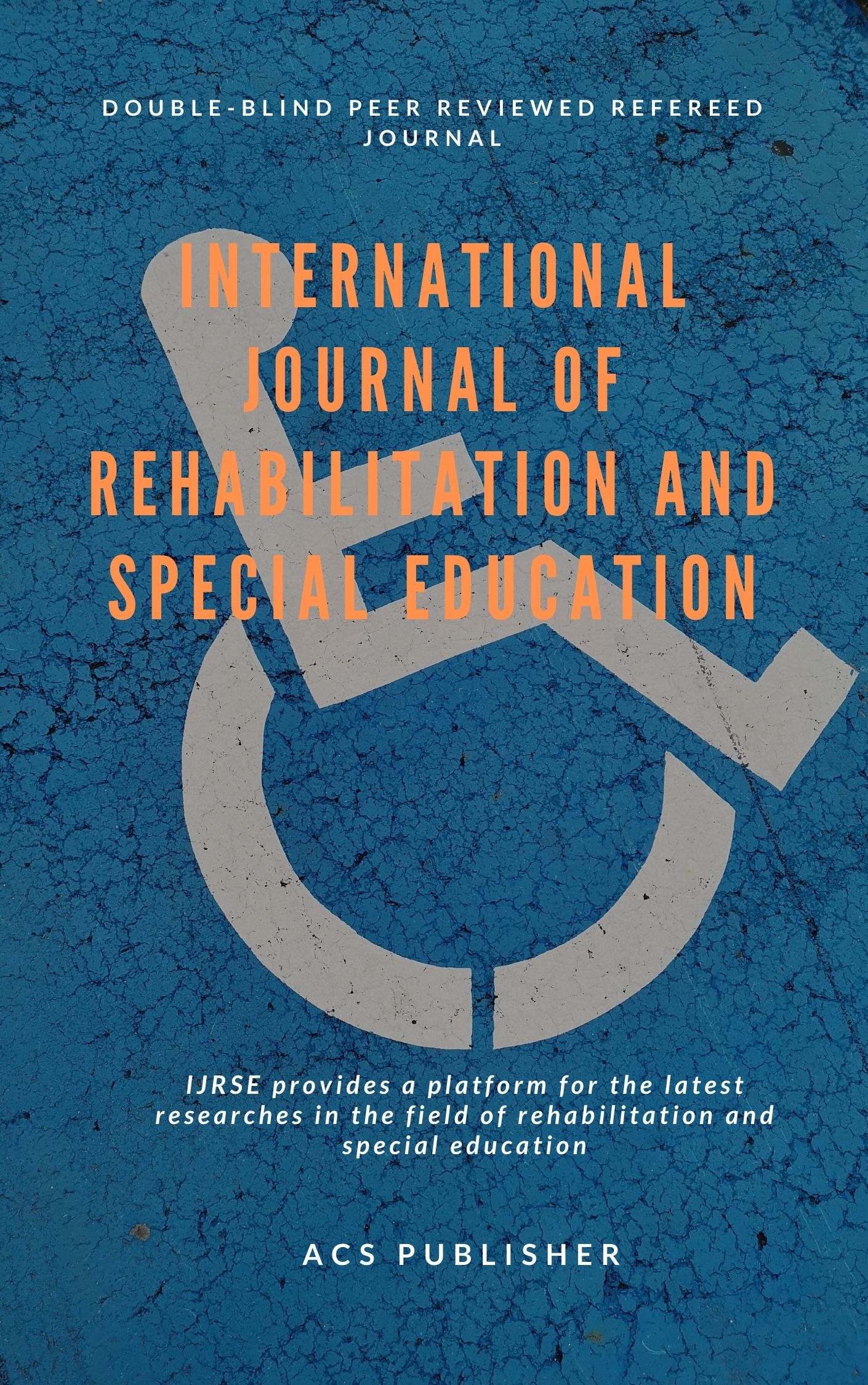Submarine Teaching Model for High Order Thinking Skills Application
DOI:
https://doi.org/10.48165/ijrse.2023.4.1.4Keywords:
Submarine Teaching Model, Critical Thinking Skills, High Order Thinking Skills Education Centre LecturersAbstract
The lecturers at the Education Centre of University Utara Malaysia (UUM) were introduced to the importance of higher-order thinking skills in cultivating future human resources through the submarine model. This study aims to determine if students demonstrate higher-order thinking skills and if the Submarine Teaching Model (STM) is suitable for educational purposes. Education Centre teachers often perceive education students to possess a high level of intelligence, as evidenced by the Submarine teaching methodology. Students with exceptional critical thinking skills sometimes need more attention due to academic shortcomings. The study utilises the STM to supplement the theories of constructivism and behaviourism. It comprises both intrinsic and extrinsic cognitive abilities. Ten Education Centre lecturers were designated to respond to the research questions. The relevance of STM was assessed using semi-structured interviews utilising normative descriptive instruments. These instruments utilised questionnaire methodology and usability assessment models as references. The study was conducted by submitting seven questions and engaging in conversations using Google Forms and WebEx. The study’s findings indicate that Education Centre lecturers possess a comprehensive understanding of the student’s higher-order thinking skills and capacities as depicted in this model and effectively incorporate these into their teaching practices.
References
Adam, E. (2020). Upskilling, reskilling and preparing for the future. Retrieved September 2, 2021, from https://www. gloat.com/blog/upskilling/
Anderson, C., & Kilduff, G.J. (2009). Why do dominant per sonalities attain influence in face-to-face groups? The com petence-signaling effects of trait dominance. Journal of Personality and Social Psychology, 96(2), 491–503.
Athanassios, A., & Vasiliki, B. (2019). Developing and Piloting a Pedagogy for Teaching Innovation, Collaboration, and Co-Creation in Secondary Education Based on Design Thinking, Digital Transformation, and Entrepreneurship. Education Sciences(2), 113. doi: 10.3390/educsci9020113
Ausubel, D.P. (1968). Educational psychology: A cognitive view, New York; Holt renerhart and wisiston.
Baran, B. (2010). Experiences from the process of designing les sons with interactive whiteboard: ASSURE as a road map. Contemporary Educational Technology, 1(4), 367-380.
Berland, L. K., Martin, T. H., Ko, P., Peacock, S. B., Rudolph, J. J., & Golubski, C. (2013). Student learning in challenge-based engineering curricula. Journal of Pre-College Engineering Education Research (J-PEER), 3(1), 5.
Brown. (2009). Change by design: How Design Thinking Transforms Organizations And Inspires Innovation. New York, New York, USA: HarperCollins.
Brown. (2010). Design Thinking for Social Innovation. Development Outreach, 12(1), 29-43. doi: 10.1596/1020- 797x_12_1_29
Kelley, & Kelley, T. (2013). Creative confidence: Unleashing the cre ative potential within us all. UK: HarperCollins Publishers. Kwek, S. H. (2011). Innovation in the classroom: Design thinking for 21st century learning. Retrieved September, 20, 2015. Richey, & Klein. (2014). Design and Development Research: Methods, Strategies, and Issues: Routledge.
Rossi de Campos, L. (2015). Design thinking in education: A case study following one school district’s approach to inno vation for the 21st century. (Doctoral Dissertations), The University of San Francisco.
Markowitsch, J. and Plaimauer, C. (2009) “Descriptors for com petence: towards an international standard classification for skills and competences,” Journal of European Industrial Training, vol. 33, no. 8/9, pp. 817–837.
Mishra, P., & Mehta, R. (2017). What we educators get wrong about 21st-century learning: Results of a survey, Great Britain.
Makki, M.H., Abd-El-Khalick, F.& Boujaode,S (2003), Labenese secondary school student environmental knowledge and attitude. Environmental Educational Research, 9(1), 21-33.
Mohan Rathakrishnan & Arumugam Raman (2021) developed Submarine Model (STM), which was successfully filed with the Malaysian Intellectual Property Corporation (MyIPO) on 30 March 2021 with filing number LY2021P01056.
Nessel, D. D. & Graham, J. M. (2007). Thinking Strategies for stu dent achievement: improving learning a cross the curriculum,
K-12. (2nd. Ed.). Thousand oaks, Carlifonia: Corwin Press. A SAGE Publication Company
Paul, R. (1993). Critical thinking – What every person needs to survive in a rapidly changing world, (3rd ed.). Santa Rosa, CA: Education for Critical Thinking.
Sahin, D., & Yilmaz, R. M. (2020). The effect of augmented reality technology on middle school students’ achieve ments and attitudes towards science education. Computers and Education, 144, 103710. https://doi.org/10.1016/ j.compedu.2019.103710
Scheer, A., Noweski, C., & Meinel, C. (2012). Transforming con structivist learning into action: Design thinking in educa tion. Design and Technology Education, 17(3), 8-19.
Setiawardani, W., Robandi, B., & Djohar, A. (2021). Critical Pedagogy in the Era of the Industrial Revolution 4.0 To Improve Digital Literacy Students Welcoming Society 5.0 in Indonesia. PrimaryEdu - Journal of Primary Education, 5(1), 107. https://doi.org/10.22460/pej.v5i1.2073
Wu, B., Hu, Y., & Wang, M. (2019). Scaffolding design thinking in online STEM preservice teacher training. British Journal Of Educational Technology, 0(0), 1-17. doi: 10.1111/bjet.12873
UNESCO. (2018). UNESCO. Building Tomorrow’s Digital Skills: What Conclusions Can We Draw from International Comparative Indicators: United Nations Educational, Scientific and Cultural Organization.
Zulkifly, M. A., Rahimah, E., & Huda Afiqah, H. (2021). Perancangan pengajaran guru dalam pembelajaran dan pemudahcaraan: Satu kajian rintis. Asian Journal of Civilizational Studies, 3(1), 11–18.
Downloads
Published
Issue
Section
License
Copyright (c) 2024 International Journal of Rehabilitation and Special Education (IJRSE)

This work is licensed under a Creative Commons Attribution-NonCommercial-NoDerivatives 4.0 International License.

